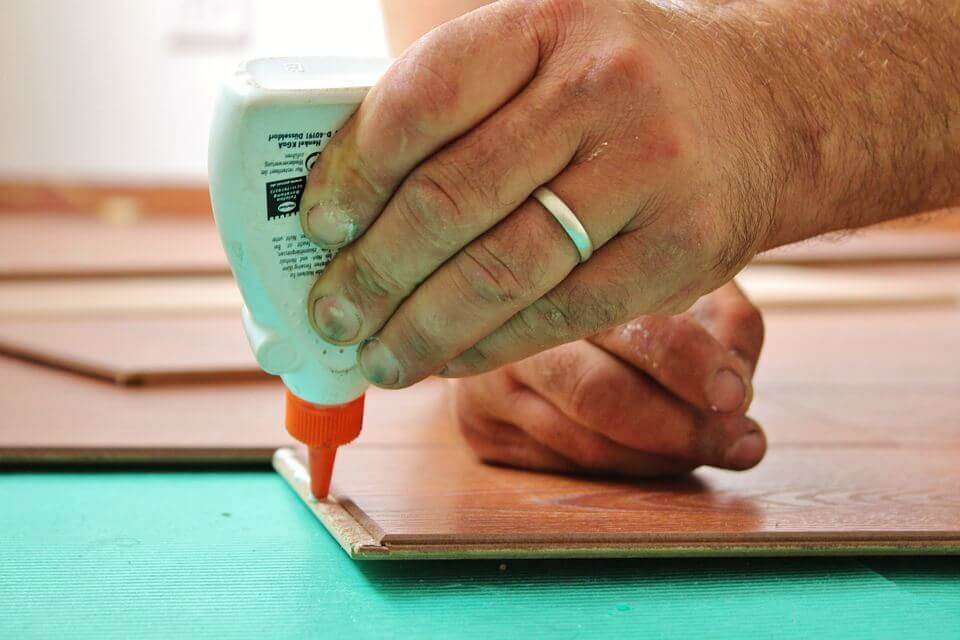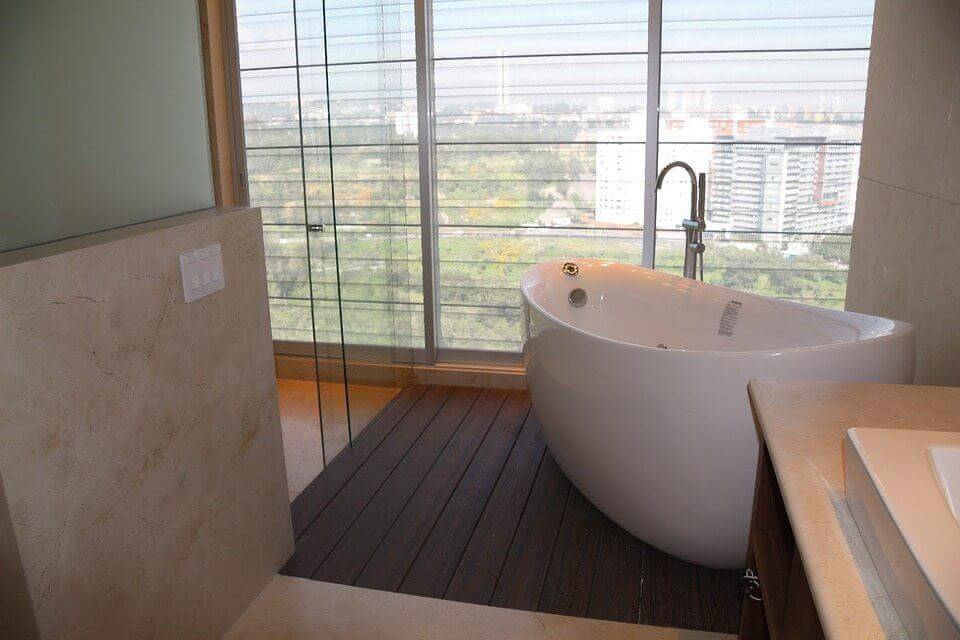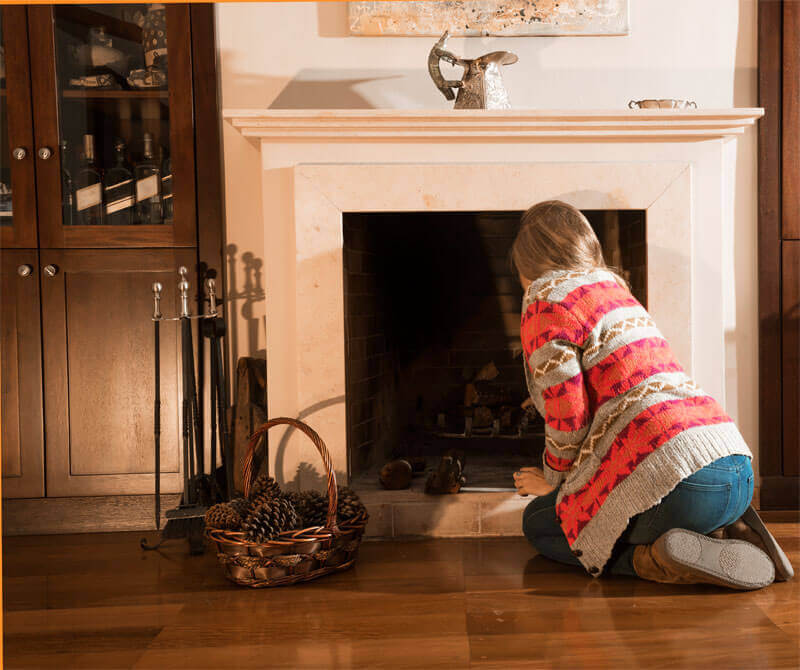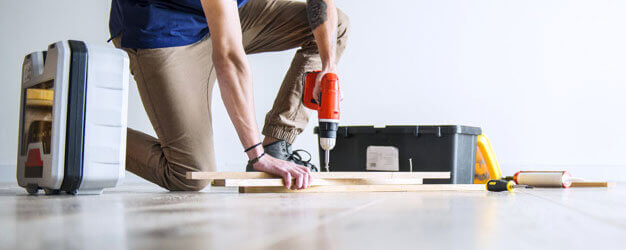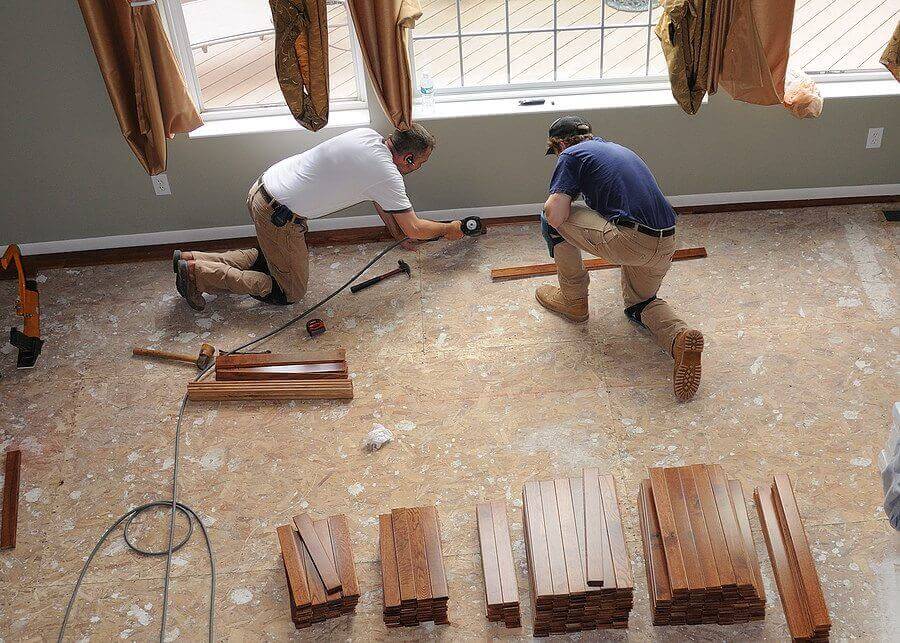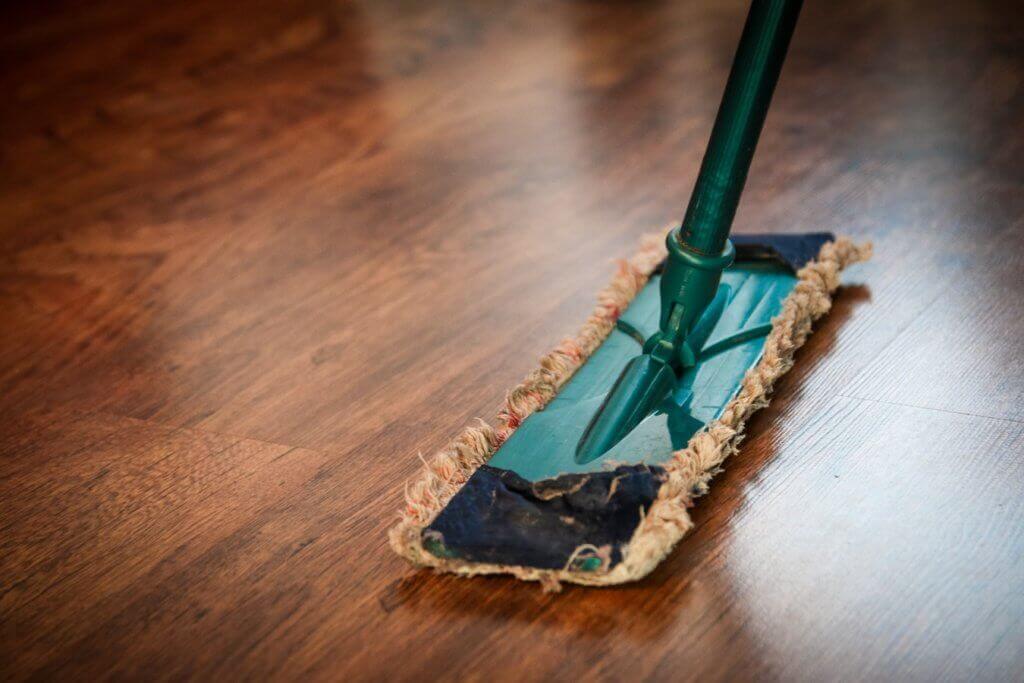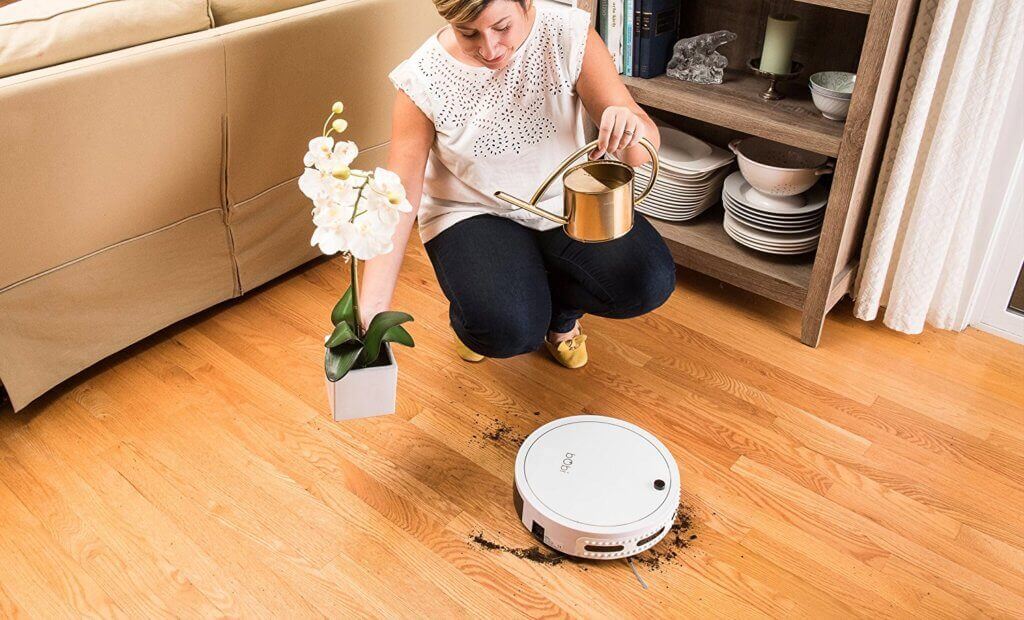It is easy to become overwhelmed with the tremendous selection and information involved when purchasing wood flooring. There are so many aspects to consider when making a decision. Choosing the color, size, and texture are just the beginning. Here are a few key things to consider when purchasing wood flooring for your home.
What’s The Difference?
Arm yourself with knowing the difference in the types of wood flooring before you go shopping. There are two main types of wood flooring, solid hardwood and engineered hardwood. Each type comes in a variety of styles, colors, and finishes.
Solid vs Engineered Hardwood
• Solid – Solid hardwood is just that, solid wood all the way through. It has a very long lifetime. The great factor with solid hardwood flooring is that it can be refinished many times, allowing you to change the feel and finish anytime you wish!
• Engineered – This type of wood flooring consists of a wear layer that looks exactly the same as its solid hardwood counterpart. The difference is that this wear layer makes up about one-third of the thickness of the plank. The rest of the plank consists of crisscrossed layers of wood. The layered structure makes engineered wood stronger and less susceptible to changes from temperature and humidity. Engineered hardwood floors add to a wide array of options and colors that you have to choose from. After you understand the difference between solid hardwood and engineered hardwood, you can explore the exciting choices offered through texture and finish.
A recent survey of designers from across the country indicates that, though engineered flooring is on the rise, more still prefer a solid hardwood floor.
Finish
Wood flooring comes in various different kinds of finishes. You can buy unfinished wood in its raw form and have the floors installed, then stained and finally add a top coat of finish. Although this is not common anymore because labor is intensive, time consuming and costly. The prefinished flooring sold at MacDonald Hardwoods comes in various colors and finishes.
Texture
Both solid hardwood and engineered hardwood floors comes in various textures. Some of the choices include smooth or hand-scraped. There are even some that containing dings and gouges, called distressing, that gives the impression that the flooring is reclaimed or aged. There are some finishes that are whitewashed, similar to what you might see on an old barn. Another popular texture is wire brushing which creates a matte textured surface. Once you have decided on what look you want to create with your hardwood flooring and which type of wood would best suit your needs. It is important to evaluate the condition of your existing floors. Although it may not be noticeable to the untrained eye, an uneven floor will complicate the installation of wood floors. Unlike tile, hardwood floors need to have an extremely leveled subfloor.
Many people overlook this step but it needs to be addressed and it can increase both material and labor costs substantially. The best place to begin your journey is at the MacDonald Hardwoods showroom in downtown Denver. The staff is very knowledgeable about solid hardwood and engineered hardwood flooring. They will guide you through the process of deciding which flooring will work best for your goals and circumstances.


